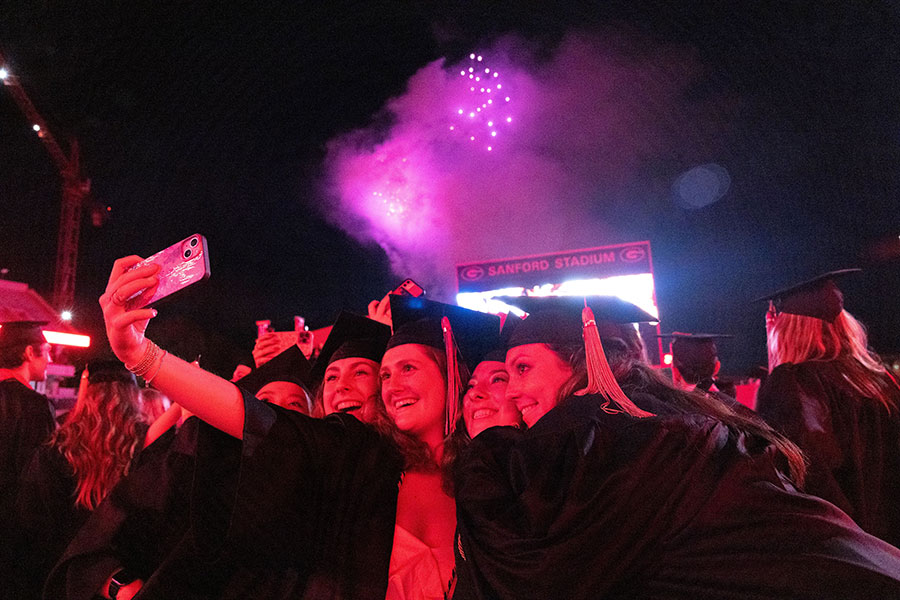By Marcy Coburn
University of Georgia
Students from the University of Georgia and North Carolina State University were in Costa Rica on an agro-ecology tour when Ana Quirós, the woman whose farm they were visiting, showed how she takes care of her pigs’ waste.
“The waste from the pigs is filtered, and the solids are used as organic compost for the banana and medicinal plants,” Quirós said. “The liquids go into a biodigestor.”
Quirós’ farm, which in Spanish is called Finca María José, is a few miles from Escuela de Agricultura de la Región Tropical Húmeda, or EARTH, an international agricultural college focused on education and sustainable development of the humid tropics. María José is part of a group of eight farms that offer tours of their sustainable farming systems with help from EARTH students and faculty.
EARTH has also helped the eight farms devise biodigestors to reduce pollution and achieve energy independence with a water recycling system.
“I like the way biodigestors allow farmers to get fuel, feed, fertilizer and income from waste, as opposed to letting the waste run into nearby streams and pollute them,” said Wayne Parrott, a UGA College of Agricultural and Environmental Sciences crop and soil science professor. He heads the annual UGA “Agro-ecology in Tropical America” study-abroad course.
A biodigestor looks like an oblong plastic tube about the size and shape of a Volkswagen bus. The liquid waste is pumped into the plastic tube and semi-sealed, where it ferments. Methane gas forms, and the tube inflates.
The methane gas is pumped through a set of plastic pipes up to the house to be used as cooking gas. The liquid waste travels through the tube and flows into a series of small lagoons.
Water hyacinths filter the water as it makes its way through the gravity-fed lagoons. The final lagoon, at the bottom of the gently sloping hill, has water clean enough to raise tilapia fish.
As the water leaves the tilapia pond, it’s pumped back to the top of the hill to be used in the pigpen, completing the cycle.
“María José farm was the most sustainable farm we visited,” said Ben Martin, a horticulture major at UGA. “But I still feel like they could do better financially.”
Despite her efforts to make a profit, Quirós wasn’t sure her farm could survive if it weren’t for the income generated through tourism.
Without agro-ecology tours, she made about $200 a month on her farm. With the tours, the eight farms in the EARTH-supported group generate another $100 a month each, a 50-percent increase in profits.
“Profits that are generated by the tours are divided among the eight farms and used to improve the infrastructure,” Quirós said.
Quirós farms organically. She uses no synthetic pesticides, herbicides, fungicides or fertilizers. Using organic compost produced by her pigs, she raises medicinal herbs, vegetables, bananas and fish.
Her farm is similar to many farms in the Costa Rican countryside. The difference is her commitment to sustainability. “The conventional banana plantations spray fungicide on their plants twice a week,” Quirós said.
Everything on the farm is done by hand. She uses a machete to chop weeds. A small herd of cattle provides manure to fertilize the home garden.
“Seeing María José farm gave me hope,” said Jennifer Johnson, a UGA landscape architecture major. “The way Doña Ana ran her farm was very inspiring.”
For more information on UGA’s tropical America agro-ecology study-abroad
program, visit www.uga.edu/tropag.






